Low Buying Interests in Tungsten Powder Market in China
- Details
- Category: Tungsten's News
- Published on Thursday, 14 June 2018 14:28
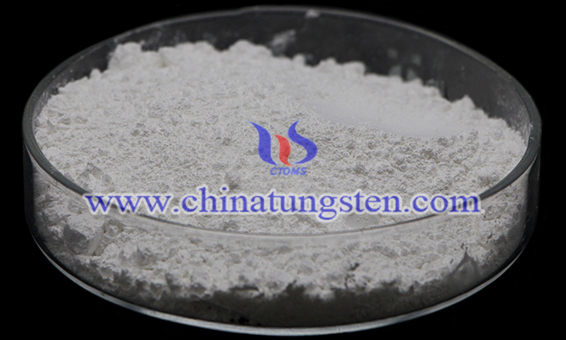
Analysis of latest tungsten market from Chinatungsten Online: Affected by the environmental protection policy, goods in the spot market are tight, thin trading volumes weakens traders’ rised mentality and market offers stabilize. Chinese tungsten market is now caught in heavy-wait-and-see atmosphere.
Rare Earth Price - Jun. 13, 2018
- Details
- Category: Tungsten's News
- Published on Thursday, 14 June 2018 14:25
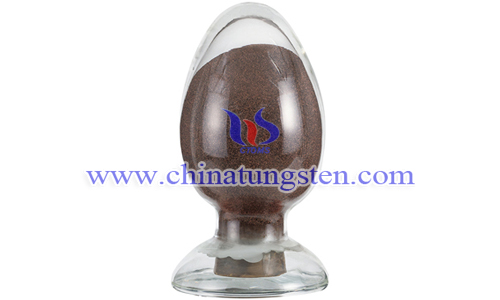
Rare earth market quotation in China: domestic rare earth price continues its upward trend affected by the environmental protection inspection and the rise of offers of large rare earth enterprises. The deadlocked supply and demand is eased as rare earth enterprises reducing production are reluctant to sell and downstream customers become active in enquiry. Trading volumes now are limited.
Ferro Molybdenum Price - Jun. 13, 2018
- Details
- Category: Tungsten's News
- Published on Thursday, 14 June 2018 14:23
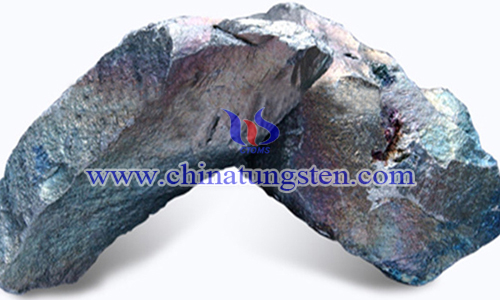
Chinese molybdenum price is weak amid the price of molybdenum concentrate and molybdenum oxide declines slightly and ferro molybdenum price remains unchanged. Representative miners in Heilongjiang lowered product offers earlier this week, which enhances traders’ negative mentality. Trading atmosphere is quiet at present.
Chinese Tungsten Price Shows Stable Earlier this Week
- Details
- Category: Tungsten's News
- Published on Tuesday, 12 June 2018 14:19

Analysis of latest tungsten market from Chinatungsten Online: Chinese tungsten price continues to maintain stability opening this week. The operating rate of smelting factories in major production areas hub is still weak, which provides strong support for APT on the supply side. Affected by that, downstream tungsten powder enterprises also show good mentality.
Praseodymium Oxide Price - Jun. 12, 2018
- Details
- Category: Tungsten's News
- Published on Tuesday, 12 June 2018 14:17
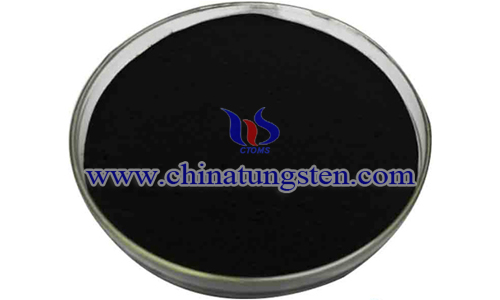
Rare earth market quotation in China: domestic rare earth price continues to show signs of rise amid the price of dysprosium oxide, praseodymium neodymium oxide and praseodymium neodymium metal goes up and praseodymium oxide price remains stable.
Molybdenum Powder Price - Jun. 12, 2018
- Details
- Category: Tungsten's News
- Published on Tuesday, 12 June 2018 14:15
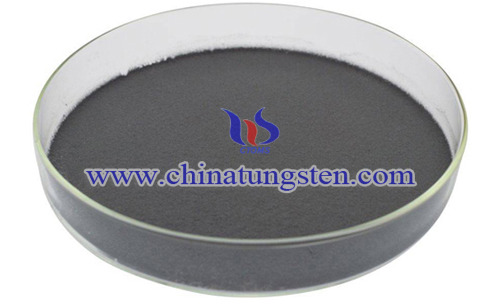
The latest price of molybdenum powder, molybdenum concentrate and molybdenum oxide remains unchanged from the previous trading day on deadlocked supply and demand and traders’ heavy wait-and-see mood.
Chinese Tungsten Market Is in a Stalemate on Imbalanced Supply and Demand
- Details
- Category: Tungsten's News
- Published on Monday, 11 June 2018 15:16

Analysis of latest Chinese tungsten market from Chinatungsten Online: Last week, the average prices released by large tungsten enterprises and institutions rose slightly, but could not ease the current deadlocked situation caused by imbalanced supply and demand. Traders tended to stabilize market prices and manufacturers mainly held wait-and-see mood. Tungsten price will continue to stabilize this week.
China Rare Earth Price - Jun. 11, 2018
- Details
- Category: Tungsten's News
- Published on Monday, 11 June 2018 15:14
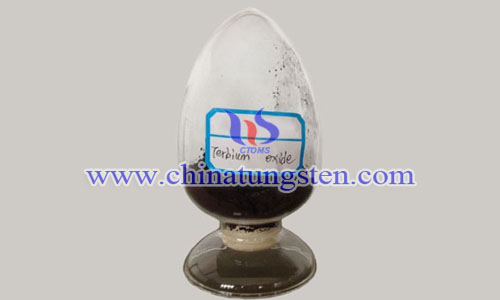
China rare earth price shows stable with good momentum opening this week. Northern Rare Earth Company released its listing prices amid praseodymium and neodymium related products rose by RMB 2,000 per tonne and other products stabilize.
Ferro Molybdenum Price - Jun. 11, 2018
- Details
- Category: Tungsten's News
- Published on Monday, 11 June 2018 15:12
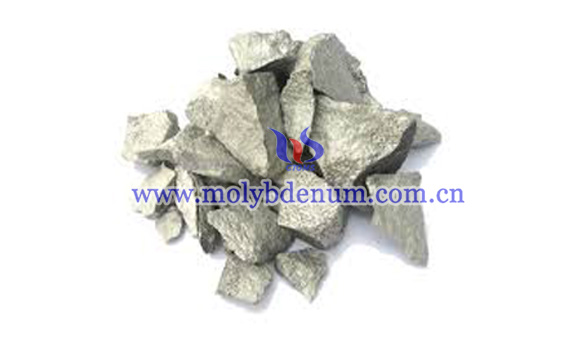
Molybdenum raw material market performs well in trading volumes, offering support for downstream market. But ferro molybdenum market is still in a stalemate amid prices of steel biddings in a relatively low level decreasing motivation of production and trading. Ferro molybdenum manufacturers are cautious as their production costs are squeezing sale profits.
Tungsten Powder Price Rises to $45.2/kg, Limited by Weak Demand
- Details
- Category: Tungsten's News
- Published on Friday, 08 June 2018 14:54
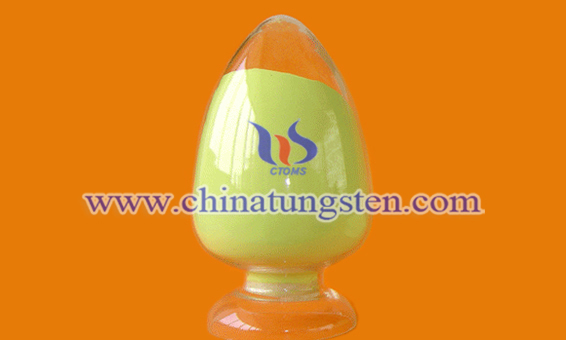
Analysis of latest tungsten market from Chinatungsten Online: Chinese tungsten price maintains stability on little fundamental changes and tight supply of tungsten ores. The demand side remains cautious on purchasing and the new guide prices mean a conservative attitude of large tungsten enterprises toward the current market. Short-term tungsten market will continue the current trend.


 sales@chinatungsten.com
sales@chinatungsten.com